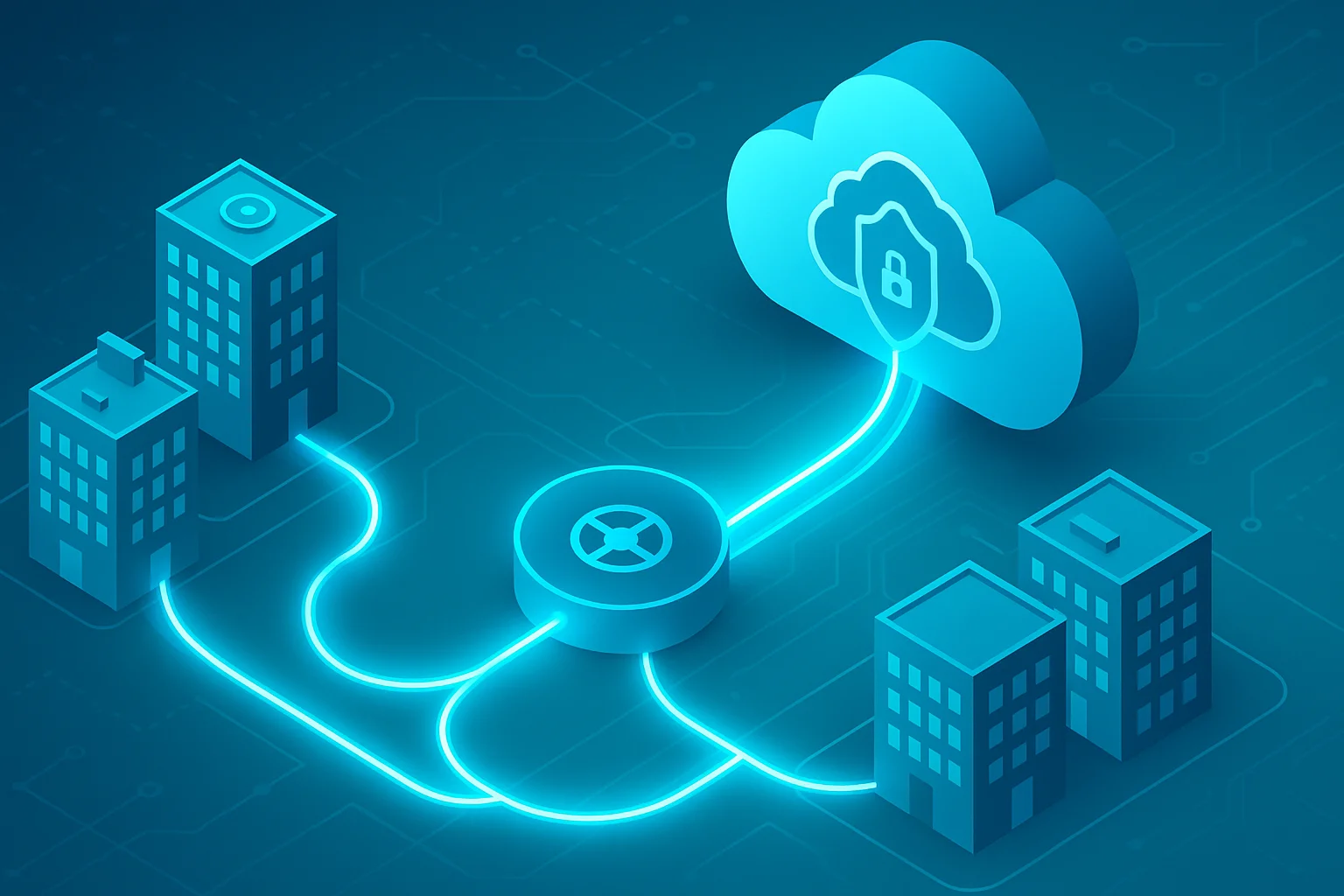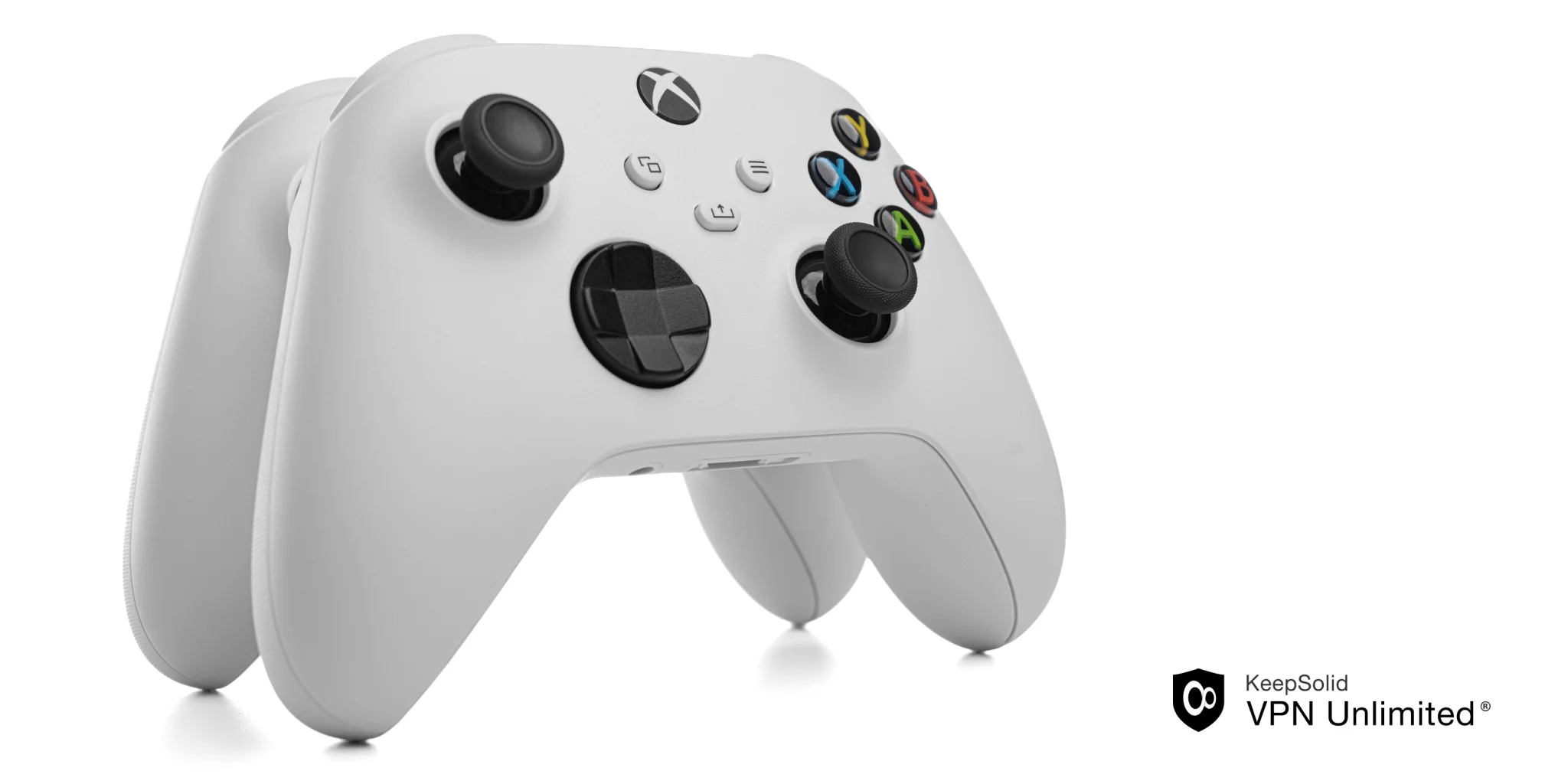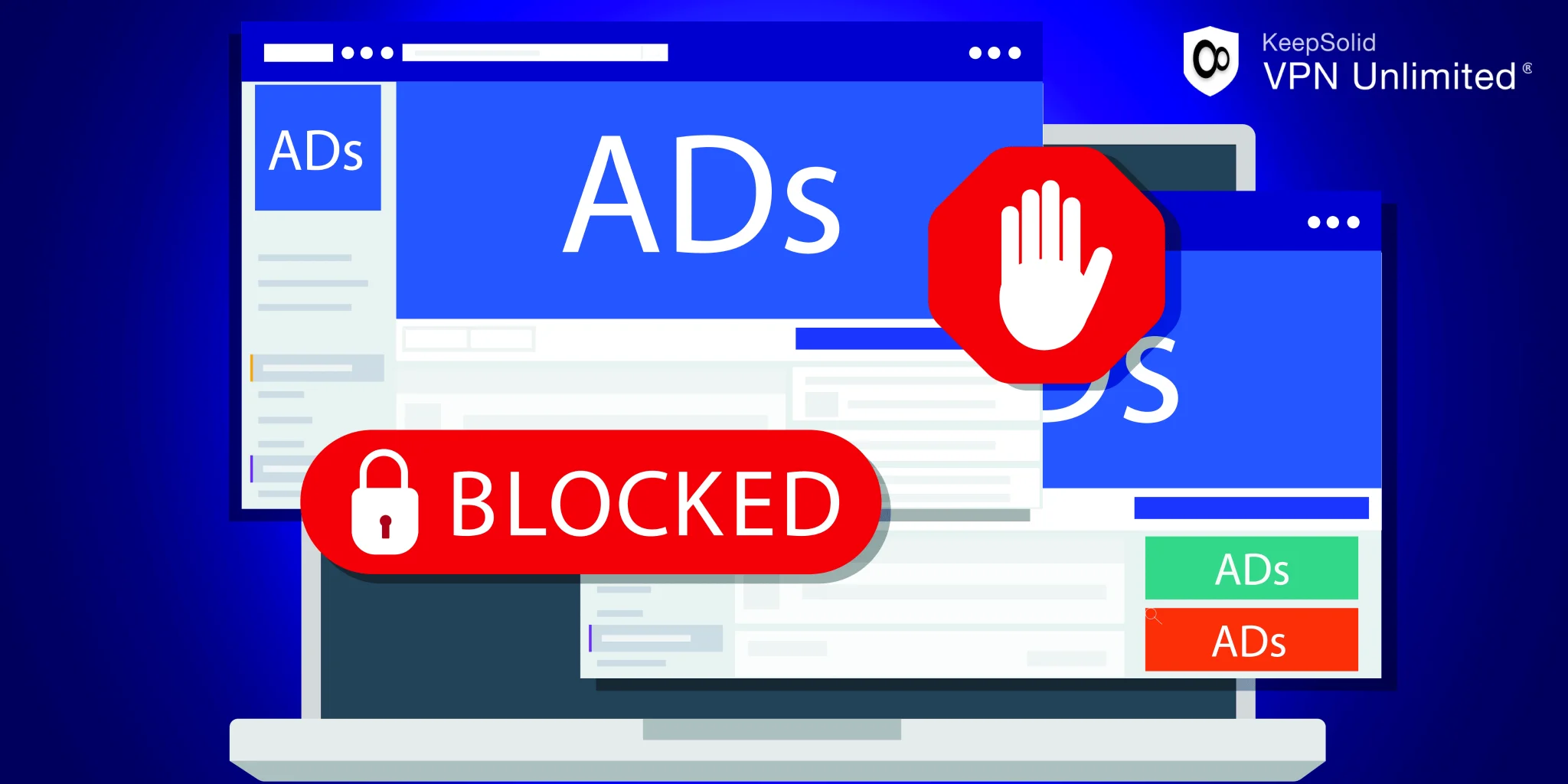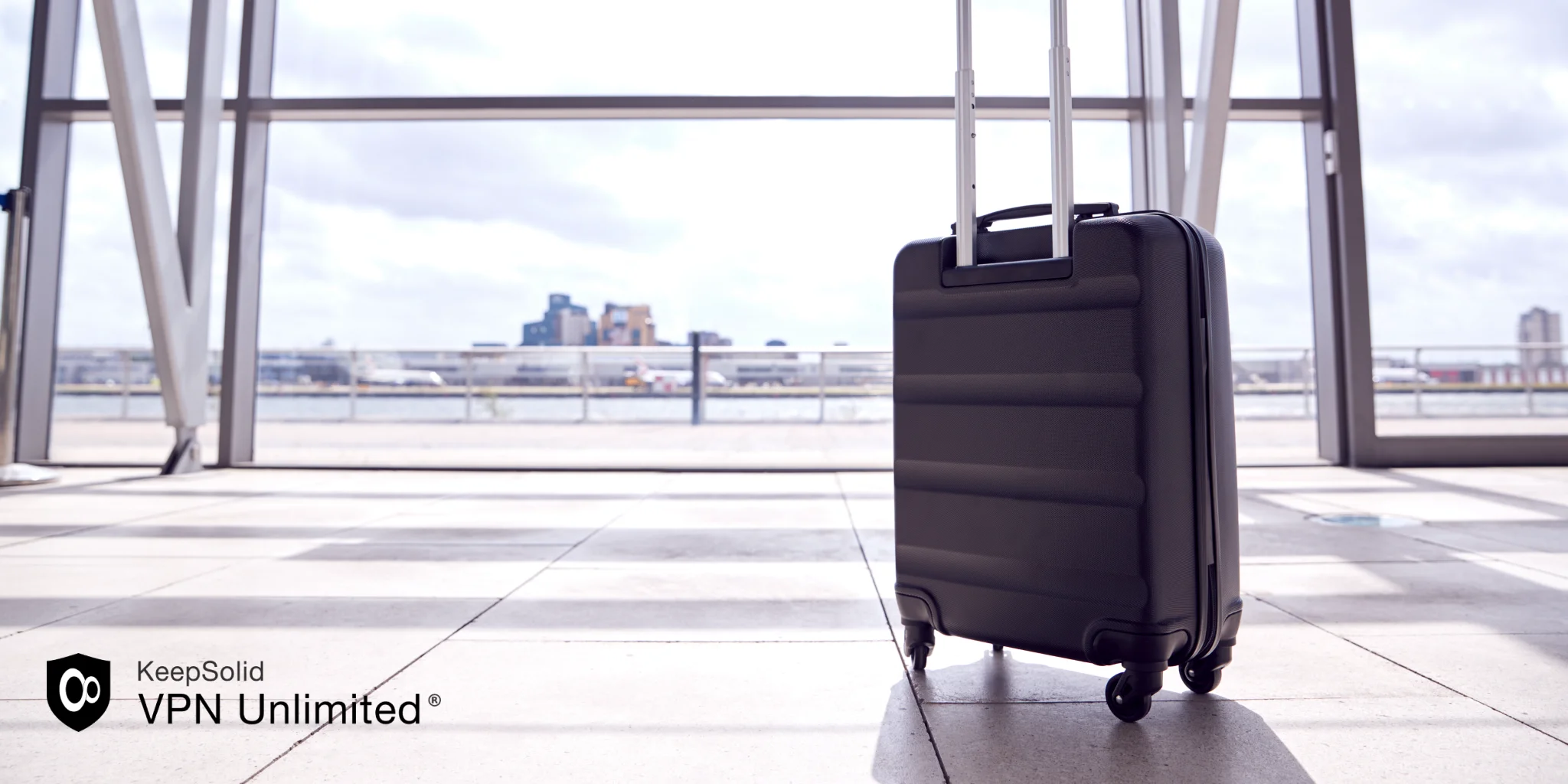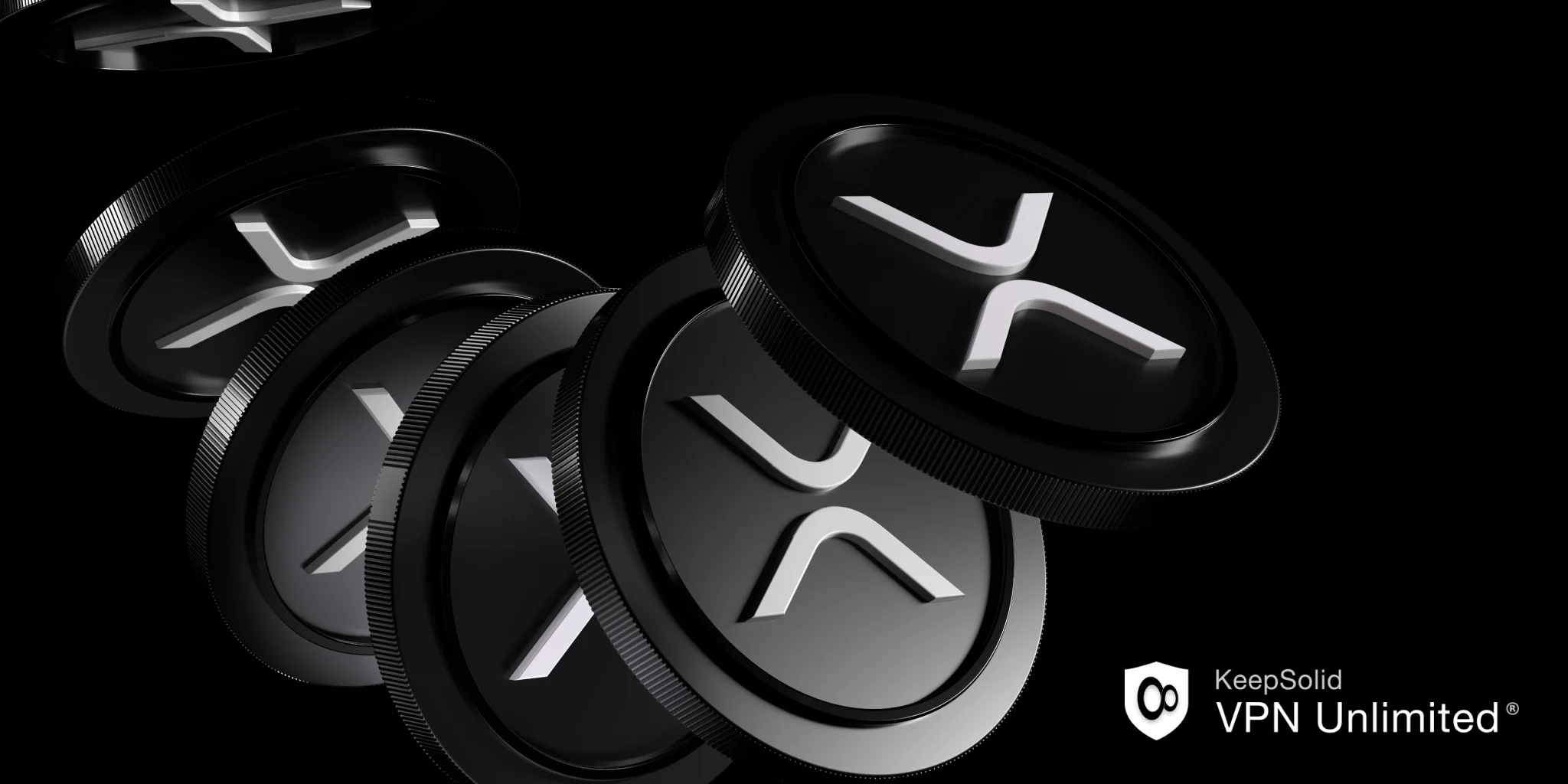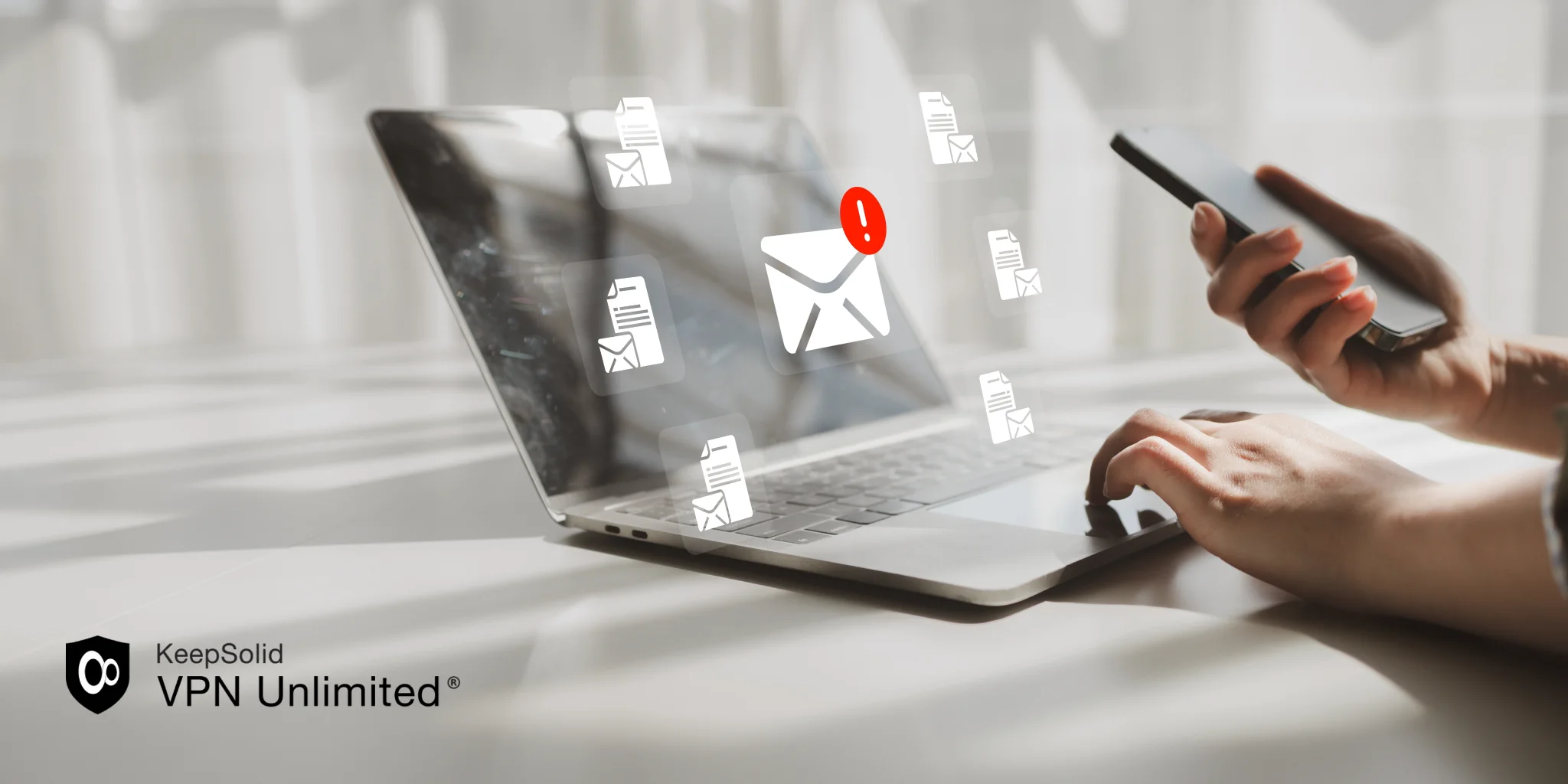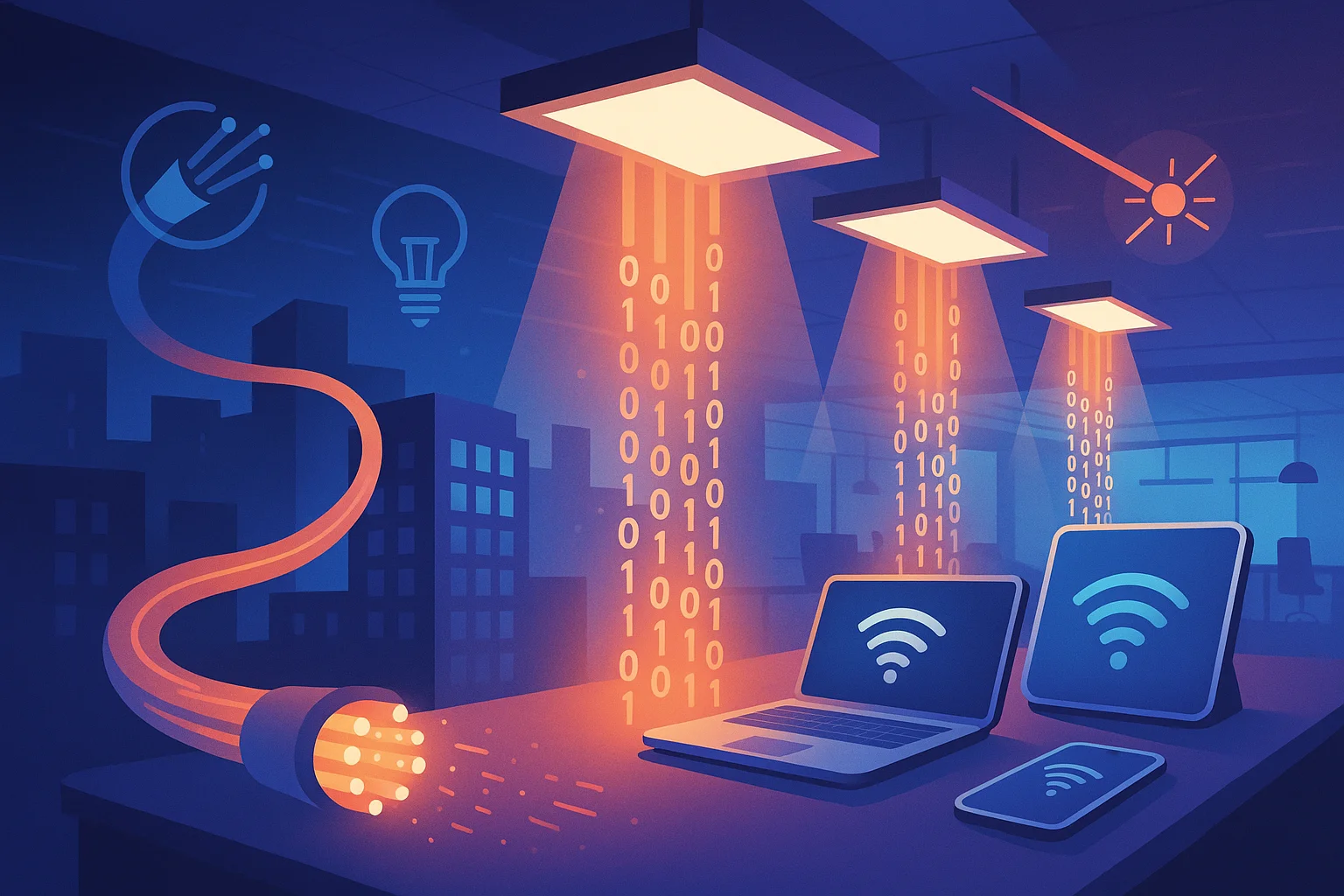
Beyond Wi‑Fi: How Blinking Lights, Glass Fibers & Lasers Could Super‑Charge the Internet
Table of Contents 1. Running Out of Airwaves: Why Wireless Needs Visible Light 2. Meet Visible‑Light Communication (VLC): Turning Lamps Into Internet Hubs 3. Overcoming the Range Barrier: FO‑VLC and Laser‑VLC Cascades 4. How FO‑VLC Works — Glass Highway to Lamp Wi‑Fi 5. How Laser‑VLC Extends the Reach 6. Speed Tricks Under the Hood 7. Where You’ll See Light Links First 8. Challenges and the Road Ahead 1. Running Out of Airwaves: Why Wireless Needs Visible Light If you’ve ever found your Wi‑Fi crawling in a crowded café or your phone struggling for signal at a big event, you’ve experienced the crunch in radio bandwidth. Traditional wireless networks (Wi‑Fi, cellular) rely on radio frequencies, a limited resource now growing overcrowded by soaring demand. Billions of devices – from smartphones to IoT gadgets – are coming online (about 18.8 billion IoT devices in 2024 alone), and everyone is streaming videos, gaming and sending data. This explosive growth in connected devices and data use is fast outstripping the available radio spectrum, leading to interference and slower speeds in high‑traffic areas. Clearly, our wireless world needs new capacity beyond the radio waves. Enter Visible Light Communication (VLC), often called Li‑Fi. Instead of radio, VLC uses LED light flashes (invisible to the eye) to transmit data. The visible spectrum offers an enormous communication band – hundreds of terahertz of unlicensed bandwidth, roughly 10 000 times more than the entire RF spectrum up to 30 GHz. In lab setups, this optical technology has already achieved blistering speeds (over 100 Gb/s in experiments). Using light for data means no radio interference and no licensing hurdles, so it can off‑load heavy data traffic from crowded Wi‑Fi and cellular networks. In short, VLC could be an important step forward to unlock higher wireless capacity, keeping our ever‑growing array of devices connected at high speeds in the years to come. 2. Meet Visible‑Light Communication (VLC): Turning Lamps Into Internet Hubs Imagine if every ceiling light could double as a super‑fast Wi‑Fi router. That’s the promise of Visible‑Light Communication (VLC), or “Li‑Fi.” Instead of squeezing data into overcrowded radio lanes, VLC hides information inside the glow of ordinary LEDs or tiny laser diodes. These light sources can switch on and off at blistering rates—billions of times per second, far too quick for human eyes to notice.
